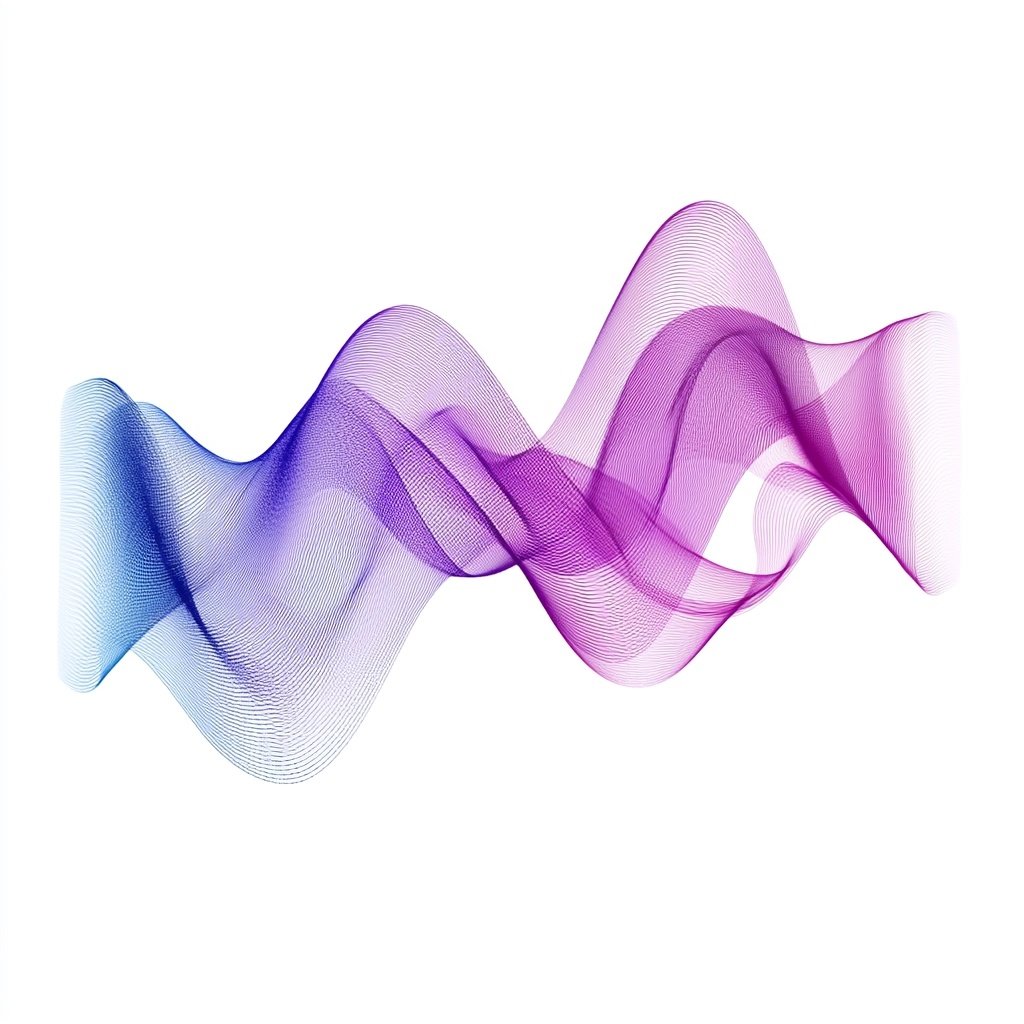How to Use EMDR Music
EMDR Music & Emotional Regulation: 5 Ways to Use Bilateral Sound to Support Your Nervous System
Feeling overwhelmed, anxious, or emotionally raw—and not sure what to do with it all? You’re not alone. The nervous system holds a lot, especially when life feels heavy or unpredictable.
EMDR music, designed with bilateral stimulation, can be a powerful tool to help you regulate—no words required. Whether you’re in therapy, between sessions, or just navigating life on your own, this gentle sound-based support can give your system what it needs: rhythm, calm, and a sense of safety.
What Is EMDR Music?
EMDR (Eye Movement Desensitization and Reprocessing) music uses bilateral audio—sounds that alternate between the left and right ear—to engage both hemispheres of the brain. This rhythm helps the brain shift out of high alert and into a more grounded, regulated state.
Originally used in trauma therapy, bilateral stimulation is now used more broadly for emotional regulation, sleep, and stress relief. When paired with calming music, it becomes a simple, accessible way to settle your nervous system.
Why It Works for Emotional Regulation
Your nervous system is always scanning for safety. When you feel emotionally flooded—whether it’s anxiety, grief, or just plain overwhelm—it’s a sign your system is dysregulated.
Bilateral stimulation gives your brain a pattern to follow. It can:
Decrease overactivity in the amygdala (the fear center)
Strengthen prefrontal regulation (where decision-making and calm live)
Signal to your body that it’s safe to soften
This is why EMDR music can be such a helpful companion during emotionally charged moments.
5 Ways to Use EMDR Music for Emotional Support
1. Between Therapy Sessions
Sometimes therapy opens up big things. EMDR music helps integrate what’s been stirred up by offering the brain a gentle place to land. Use it in the evening after a session or anytime you feel tender and open.
2. During Emotional Flashbacks or Panic
If you’re having a moment where your body feels hijacked by fear, sadness, or anger, put on headphones and let bilateral music support your system. You don’t have to fix the feeling—just let the rhythm hold you.
3. As a Morning Grounding Practice
Start your day with calm. Listening to bilateral music for just 5–10 minutes in the morning can help regulate your nervous system, making space for clarity and resilience before stress builds.
4. When You Can’t Sleep
Nighttime often brings racing thoughts. EMDR music gently guides the brain into slower waves associated with rest. Try it as part of your wind-down routine or if you wake up and can’t fall back asleep.
5. To Support Big Emotions You Can’t Name
Not every feeling has words. When something is stirring inside but you’re not sure what—let the music help you be with it. This is nonverbal processing at its best. You don’t have to explain anything. Just be.
How to Use EMDR Music: A Gentle Step-by-Step Guide
Step 1: Create a Calm Space
Find somewhere quiet where you can sit or lie down comfortably. Dim the lights or close your eyes—whatever helps you feel safe and settled.
Step 2: Use Headphones
This is key. EMDR music uses bilateral stimulation, meaning the sound gently alternates between your ears. Headphones make this possible.
Step 3: Choose a Soothing Track
Select an EMDR music track designed with bilateral audio—soft tones or ambient sounds that move left to right. Let the rhythm begin to guide you.
Step 4: Let the Music Hold You
You don’t need to do anything special. Just listen. Notice your breath, your body, any feelings that arise. There’s no right or wrong way—just stay present.
Step 5: Listen for 5 to 20 Minutes
Some people feel a shift in just a few minutes; others like to listen longer. Let your body decide. When you feel more grounded or clear—that’s your cue.
Step 6: Transition Gently
When you're ready, pause. Take a breath. Maybe sip some water, stretch, or journal a word or two. Let your system ease back into the day.
You don’t have to push through overwhelm or wait until your next session to find relief. EMDR music offers a quiet kind of support—one that meets you where you are, holds space for what’s real, and helps your system remember what calm feels like.
